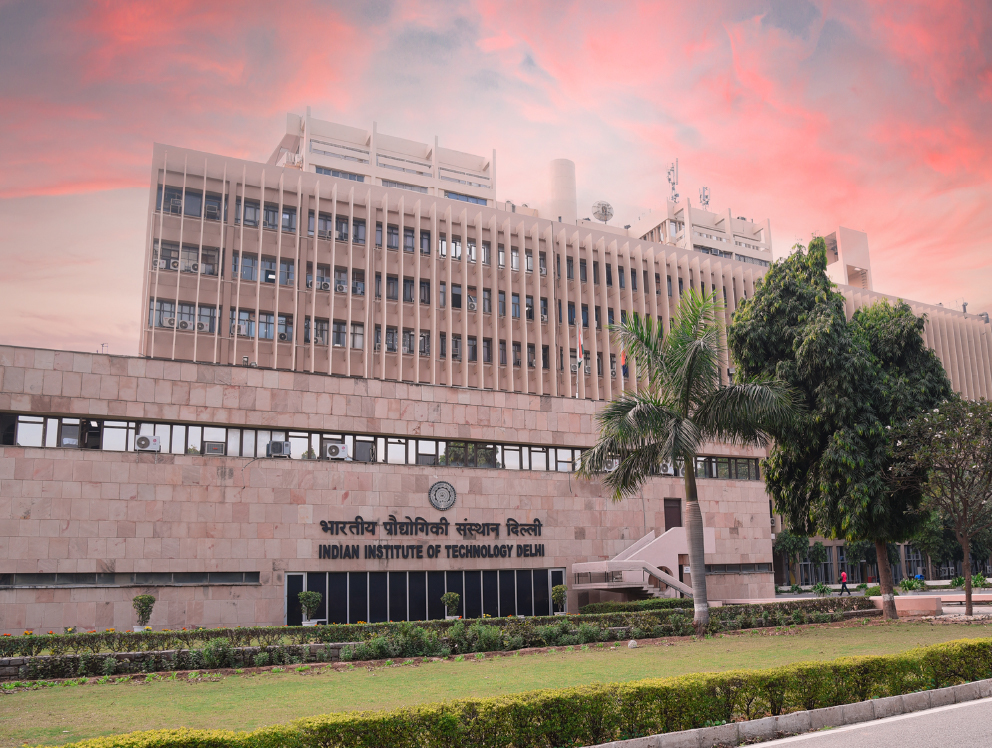
What is the process of expanding Indian institutions abroad? How will they work?
- Campus Updates
- 29 Aug, 2022
- 943
Following the National Education Policy’s recommendations, the Education Ministry formed a committee to set up offshore campuses that would be mentored by Indian higher educational institutions.
The committee went on to suggest that IITs could start institutions abroad with its brand’s name based on inputs from 26 Indian embassies across the world. This was done to encourage “high performing Indian universities to set up campuses in other countries, keeping in view the demand from various quarters for opening of campus abroad”.
What did the committee say about offshore campuses? How were the host countries chosen? Going forward, how will these institutions work? We explain:
The role of the committee
The committee was tasked to propose a draft framework after analysing existing provisions available for opening offshore institutions.
Its proposal was to detail the role of the parent institute in the functioning of such a campus and to limit the liabilities of the parent institute as per the law of the foreign country. The committee is also responsible for the accreditation of courses at the offshore campuses.
The committee
Led by IIT council standing chairperson K Radhakrishnan, the 17-member committee includes Santishree Dhulipudi Pandit, the Vice-chancellor of JNU, Govindan Rangarajan, director of the Indian Institute of Science, as well as Directors of various IITs from India.
Locations for offshore campuses
As per the report, the UAE, Egypt and Saudi Arabia are the top three destinations to show interest in the framework.
The selection of the host locations was done through a set of parameters such as the level of interest expressed by the host country; commitment from the host country for providing financial support and required infrastructure; academic history and background of such countries and their existing connection with Indian higher education institutes, if any, among others.
Institutional models
The committee has proposed 4 ‘institutional models’: an offshore campus of a specific IIT, (Model A); a new campus set up by a group of IITs and Higher Education Institutes together (Model B); a collaboration between one or more IITs with a reputed host university abroad; a completely different chain of institutions specifically catering to such campuses abroad (Model D). Those under the last category can be mentored by one or more IITs or other higher educational institutions in India.
Programmes in offshore campuses
The committee recommended programs in specialised areas such as Computer Science and Information Technology, Data Science, Artificial Intelligence, Machine Learning, Robotics, Electronics, Mining or Petroleum and Energy.
Noting that there was an interest in undergraduate programs (BTech) and research (PhD), with MTech programmes becoming attractive for those wanting an “IIT stamp”, the report said that the degrees can be expanded to other engineering, science, and humanities disciplines based on the requirement.
Admission criteria
Indian entrance examinations like JEE, GATE and JAM are well-recognised internationally and can be a common channel for all nations, the report states. For certain programs, SAT and GRE could be suitable, it adds.
For PhD and postdoctoral courses, the admission process will be up to the host countries, though the committee recommends a mix of written tests and interviews in lieu with the process followed in India.
Strength of the courses and structure
The minimum intake for the initial phase is recommended as about 30 to 40 students per year for each B.Tech program, 15 to 20 students for postgraduate programs, and “few students” for the PhD program.
B.Tech Students may spend 6 semesters — or 75 per cent — of the total course duration at the offshore campus and the remaining time at the mentor institutes in India.
As per the report, this would eventually be expanded to full-time at the offshore campus, alongside short-term projects at the parent institute (internships and semester exchanges).
However, since facilities at offshore campuses could be inadequate initially, the committee recommends dividing the time equally between the two.
Are such campuses affordable?
They will be run through significant investment from the government of host countries, the Indian government, with a decent tuition fees, donations, and proper financial management.
“India should expect a reasonable amount of royalty (about 10% – 15% of overall expenditure)”, the report says.
Faculty selection process
Faculty will be recruited through the process of rolling advertisements such as in the IITs. Professors from parent institutions may be deputed to offshore institutes and some faculty members may even be given the option of permanent affiliation at the offshore campus.
Online teaching may also be adopted, in case of a shortage in faculty.
Other recommendations
English is the recommended medium of instruction, with the suggestion that AI and machine learning technologies be used for instant translation into local regional languages in the future.
The Board of Governors should include members from the host country as well as India. The institutions will enjoy autonomy while ensuring that transparency is maintained in financial and recruitment policies.
The offshore campuses will have no reservation for students or employees unless the local laws of the country have policies for the same.
